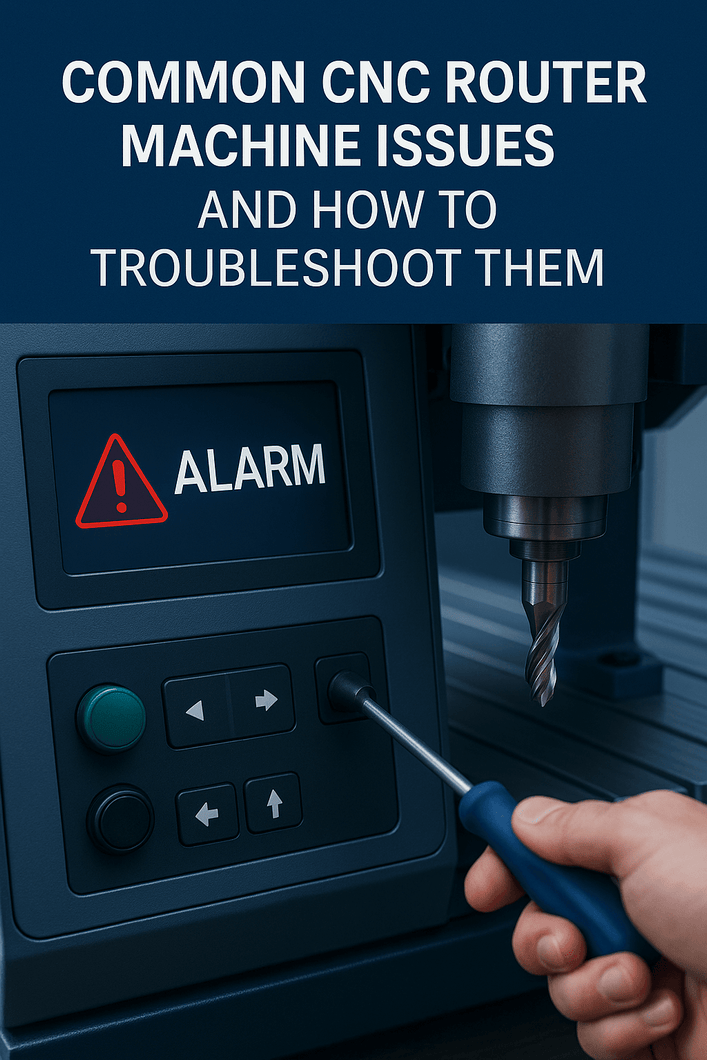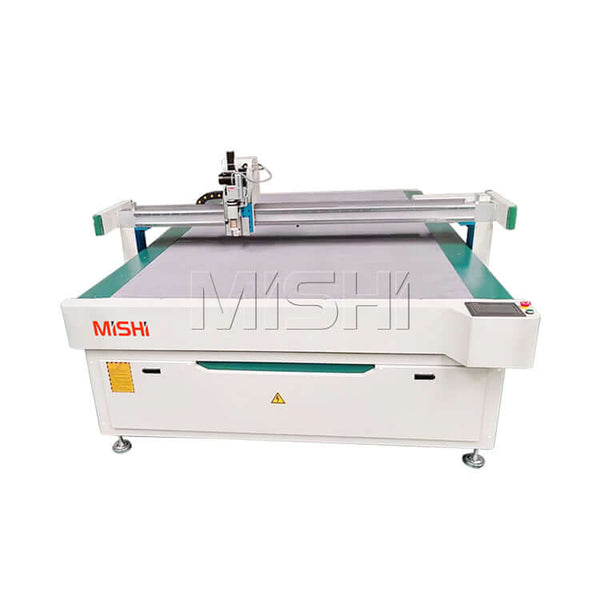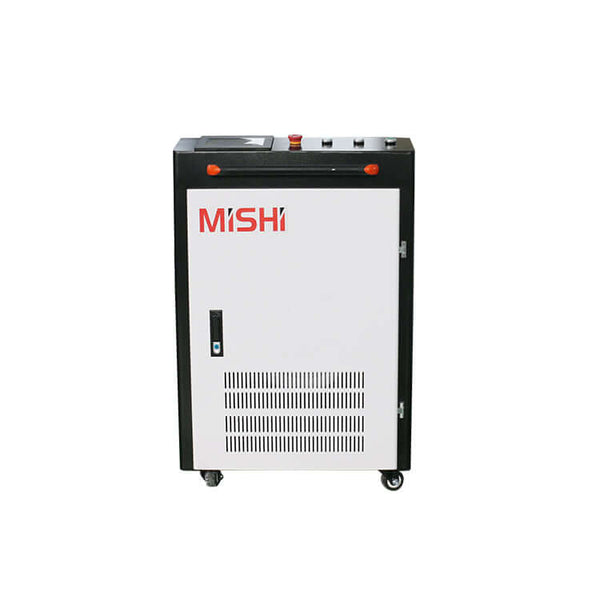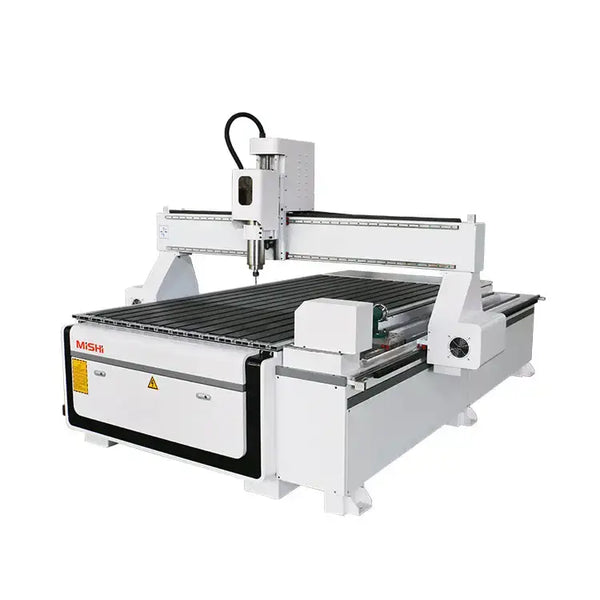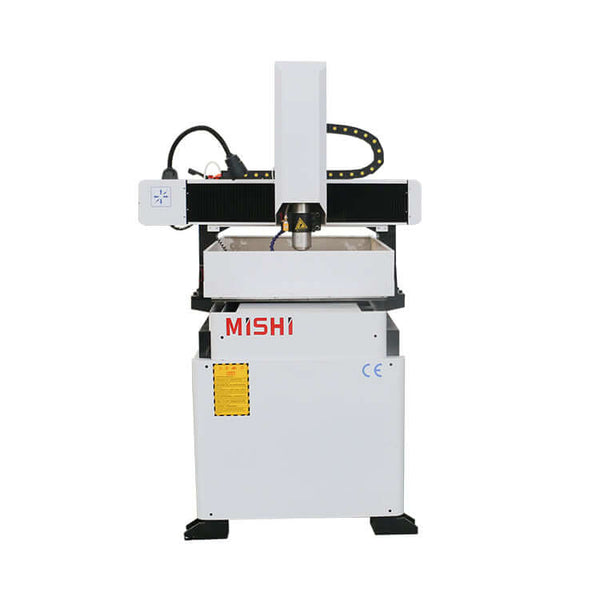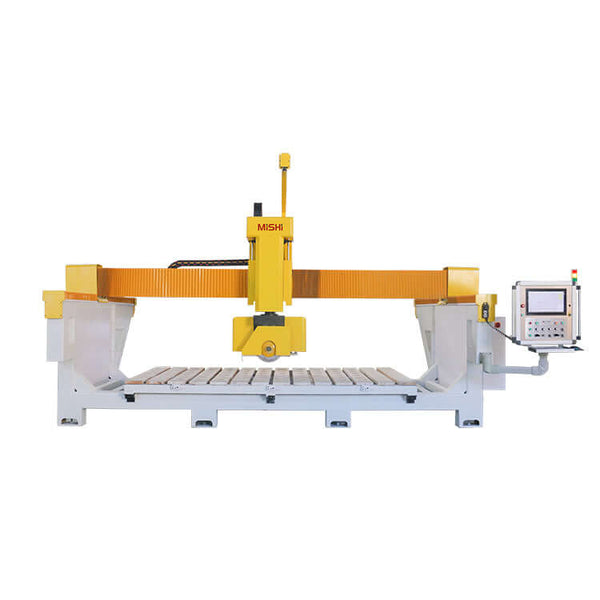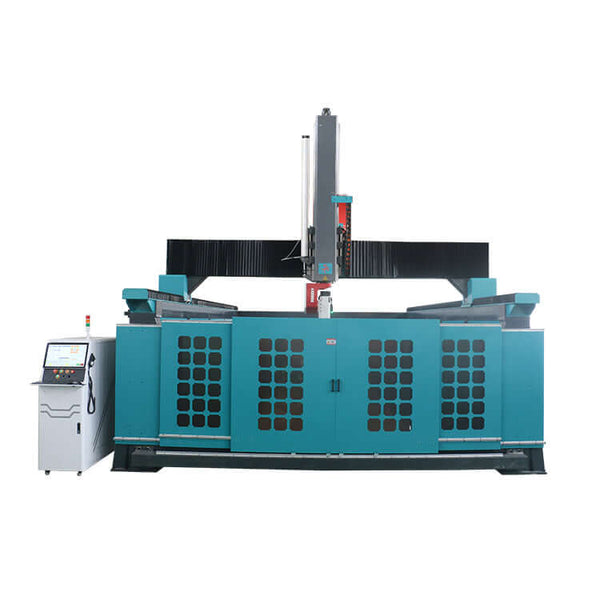CNC router machines have revolutionized the manufacturing and woodworking industries, offering precision and efficiency. However, like any advanced machinery, they can encounter operational issues that may disrupt production. Understanding these common faults and their solutions can help users maintain their machines properly and minimize downtime.
In this guide, we will outline five common CNC router machine problems and provide step-by-step troubleshooting solutions.
1. Overtravel Alarm (Exceeding Movement Limits)
An overtravel alarm occurs when the CNC router moves beyond its designated limits. This issue can halt machine operations and needs to be addressed immediately.
Troubleshooting Steps:
✅ Check Design Specifications: Ensure that your design parameters do not exceed the machine’s working area. Adjust the design dimensions if necessary.
✅ Inspect Motor Shaft Connections: A loose connection between the motor shaft and the ball screw can trigger an overtravel alarm. Tighten any loose screws securely.
✅ Verify Proper Grounding: Ensure that both the CNC router and the computer are properly grounded to prevent electrical interference.
✅ Check Soft Limit Settings: The machine's software may have predefined movement limits. If the current coordinate values exceed the set range, adjust the soft limit switch parameters.
2. Overtravel Alarm Reset and Recovery
If the machine triggers an overtravel alarm, it may get stuck at the limit switch. You need to reset it properly.
Troubleshooting Steps:
✅ Manually Move the Axis Away from the Limit Switch:
-
Press the manual direction keys to move the axis away from the limit switch until the alarm stops.
✅ Check the Control Panel for Directional Movement:
-
Ensure that the machine moves in the correct direction when using manual controls. Moving in the wrong direction could cause repeated alarms.
✅ Inspect the Limit Switch:
-
If the machine continues to trigger overtravel alarms, the limit switch may be faulty or misaligned. Inspect and replace it if necessary.
3. CNC Router Not Responding (No Alarm, No Movement)
Sometimes, the CNC router does not move even though no alarms are triggered. This issue could be due to electrical or communication failures.
Troubleshooting Steps:
✅ Check for Loose Control Card Connections: Ensure that the control card inside the electrical box is securely connected. If loose, reinsert the card and tighten the fixing screws.
✅ Inspect the Signal Cable: A faulty or disconnected cable between the computer and the control box can prevent signals from being transmitted. Check and reconnect all cables securely.
✅ Check Proximity Switch at the Machine Origin: If the CNC router fails to return to its home position, the proximity switch may be damaged or misaligned. Inspect and replace it if needed.
4. CNC Router Output Issues (No Output or Incorrect Machining)
If your CNC router is not producing the expected machining output, follow these steps to identify and resolve the issue.
Troubleshooting Steps:
✅ Verify Computer-to-Machine Connection: Ensure that all communication cables are properly connected between the CNC router and the computer.
✅ Check Storage Space in the CNC Software: If the memory buffer is full, it may cause processing failures. Delete unnecessary files from the engraving software’s manager to free up space.
✅ Inspect Signal Wiring: Loose signal wires can interrupt data transmission. Carefully check all wiring and reconnect any loose cables.
5. Manual Engraving Issues (Inconsistent Cutting, Poor Accuracy)
Manual engraving problems can stem from mechanical issues, improper tool settings, or software configuration errors.
Troubleshooting Steps:
✅ Check for Loose Screws: Ensure that all screws securing the machine components are tightened to prevent instability.
✅ Verify the Correct Tool Path: If the engraving is misaligned, double-check the toolpath settings in your software to ensure accuracy.
✅ Confirm File Compatibility: If the machine is struggling to process a file, verify that it is in the correct format and resolution for CNC processing.
✅ Adjust Spindle Speed for Different Materials: The spindle speed should match the type of material being processed. Generally, CNC routers operate between 8,000 – 24,000 RPM depending on the material.
✅ Ensure Proper Tool Installation:
-
Remove the tool collet and reinstall the tool securely to prevent slippage.
-
If the engraving surface is rough or inconsistent, ensure that the cutting bit is sharp and replace it if worn out.
✅ Replace Damaged CNC Tools: A dull or damaged cutting bit can affect engraving quality. If necessary, replace it with a new bit and test the engraving again.
Conclusion
CNC router machines are powerful tools, but proper maintenance and troubleshooting are essential for optimal performance. By following these troubleshooting steps, you can minimize downtime, prevent costly repairs, and ensure that your CNC router operates smoothly.
If you encounter any persistent issues, feel free to contact Mingshi Machinery for expert technical support. Our team is ready to help you resolve any CNC router challenges efficiently.
